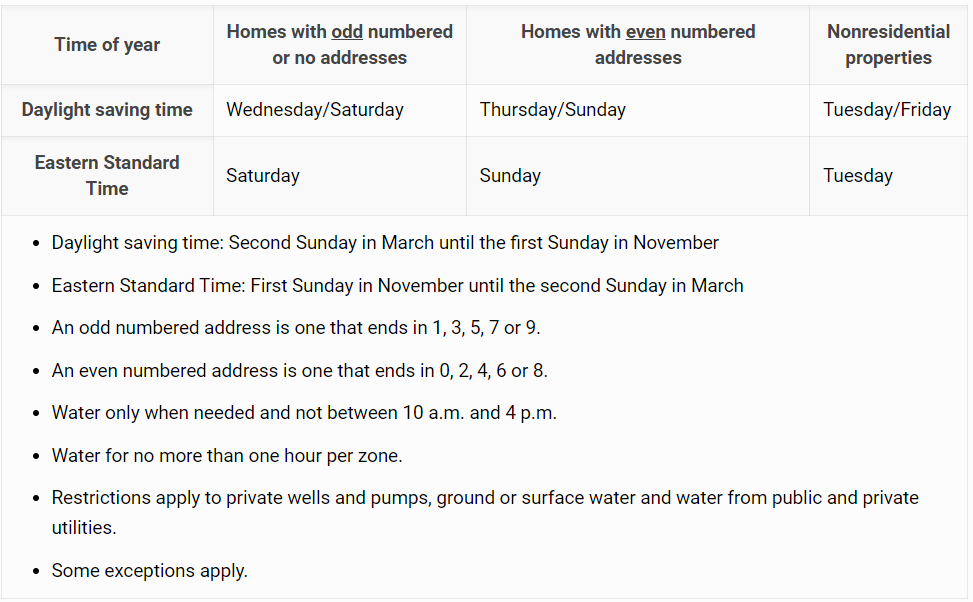JACKSONVILLE, Fla. — The clock is tickin’ on the Atlantic hurricane season - “Talking the Tropics With Mike”.
Now that we’re back to standard time, it’s time to cut back on your irrigation - shorter days, cooler temps. = your grass & plants need less water. A reminder: don’t water just because it’s your day. Irrigate your lawn when it shows signs of stress from lack of water. Pay attention to signs of stressed grass:
- Grass blades are folded in half lengthwise on at least one-third of your yard.
- Grass blades appear blue-gray.
- Grass blades do not spring back, leaving footprints on the lawn for several minutes after walking on it.
Some folks have noticed lots of acorns this autumn. Folklore says it can be an indication of a “rough winter.” But science says not so fast. It appears the science behind more acorns dropping during autumn is likely tied to high production during the spring & fall. So it comes down to past weather vs. future weather.
See the second & third images below. The spring was warmer than average followed by a period of hot temperatures in July and August. Rainfall was plentiful from March through July + a wet Sept. helping to offset the heat some. The result is a whole of bunch of acorns and a lot of happy squirrels. :)

:quality(70)/cloudfront-us-east-1.images.arcpublishing.com/cmg/CFTQG3FXPNH2PJCIWVQO6TMQLA.jpg)
:quality(70)/cloudfront-us-east-1.images.arcpublishing.com/cmg/FGJ7UOYWEZEYBBA37M5BOE6ZWY.jpg)
The University of Florida will be starting a meteorology curriculum in the fall of 2024. According to UF:
There will be three specializations within the program, with each designed to provide coursework that best prepares students for a range of meteorological careers.:
- Applied Meteorology, Hazards & Global Change
- General Atmospheric Science
- Broadcast Meteorology
Florida State University has long had a well respected meteorology program with an emphasis on tropical meteorology. In fact, I was accepted at FSU coming out of High School (just a few years ago :) ). So the Gators & ‘Noles will now compete in the weather world in addition to the annual late season gridiron game.
The Nov. night skies from Sky & Telescope:
Nov. 9 (morning): Very early risers can watch the lunar crescent and Venus rise a mere ½° apart.
Nov. 18 (morning): The Leonid meteor shower is predicted to peak. The waxing crescent Moon sets before midnight and won’t interfere.
Nov. 20 (dusk): The first-quarter Moon gleams about 5° lower left of Saturn.
Nov. 25 (morning): The waxing gibbous Moon and Jupiter appear 2° apart.
Nov. 26 (evening): The almost-full Moon shines about 1° below the Pleiades in Taurus. Binoculars will separate the Moon’s dazzle from the cluster’s dimmer lights.
Nov. 30 (evening): The waning gibbous Moon, Pollux, and Castor rise in a tidy line. The Moon is 2° below Pollux.
Moon Phases
Last Quarter Nov. 5 3:37 a.m. EST
New Moon Nov. 13 4:27 a.m. EST
First Quarter Nov. 20 5:50 a.m. EST
Full Moon Nov. 27 4:16 a.m. EST (Beaver Moon)








